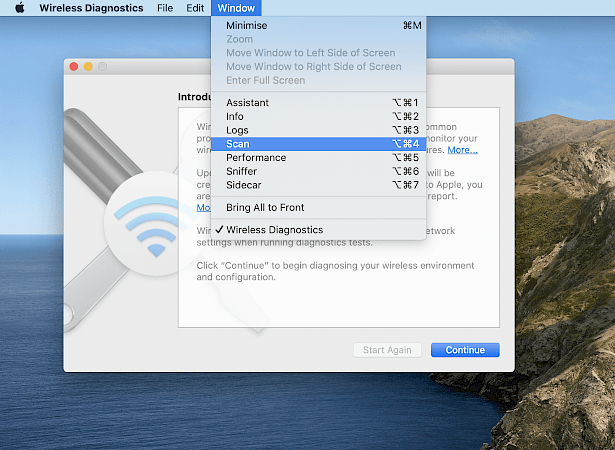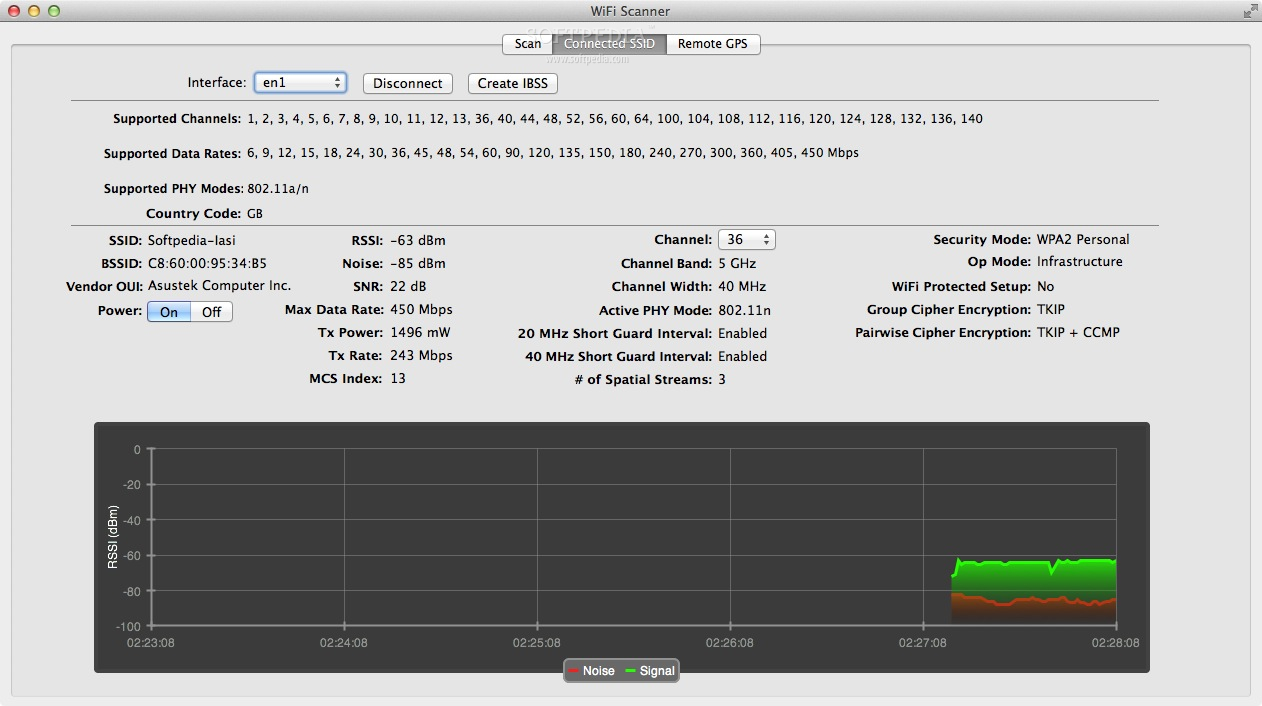

Many routers will give you the option to select the preferred band, and some will also allow you to turn off the 2.4GHz band. In general, because some home appliances, like microwaves and audio-visual equipment, can cause interference with the 2.4GHz band, you’ll want to use the 5GHz band where possible. The 5Ghz spectrum is usually faster, but covers a smaller area and is worse at penetrating objects, like solid doors and walls.

This band is more prone to interference, while the 5GHz operates at a higher spectrum that’s less likely to be subjected to interference from nearby broadcasting Wi-Fi devices. The lower 2.4GHz spectrum can travel further, giving you greater range across your home, but operates at a slower speed. Typically, the bands available are within the 2.4GHz or 5GHz spectrum.

How do Wi-Fi devices connect?Įvery Wi-Fi device, whether it’s a smart doorbell or a tablet, connects to your router by hopping on a band designated for Wi-Fi use. And finally, there is interference generated from non-Wi-Fi devices, including household appliances like microwaves, cordless phones, and even old analog cameras. Adjacent channel interference is the second type, and this occurs when there’s noise from overlapping channels. The first is called co-channel interference, and this happens when you have too many devices trying to communicate on the same channel. There are several different types of interferences. That’s a 127% increase in the number of devices fighting for a good, stable Wi-Fi connection.Īnd if you live in a crowded apartment or condominium complex, you’re facing even greater interference from signals coming from your neighbors’ units. now has approximately 25 connected devices, up from just 11 in 2019. During the pandemic, Deloitte observed that 38% of Americans added more Wi-Fi devices to their homes to fulfill remote working and distance learning requirements. John Velasco / Digital Trends What causes Wi-Fi interference?Īt the heart of Wi-Fi connectivity issues for some households may be the sheer number of connected devices trying to access the network, causing signal interference. So before you go through the process of switching broadband providers or upgrading your existing Wi-Fi network, we’ll show you how to make some quick changes to your router settings to ease congestion, reduce interference, and gain connection speed and reliability.


 0 kommentar(er)
0 kommentar(er)
